watch here – citizen kane – the boss.avi
Monthly Archives: March 2023
Filters
Blog Task 4 – Classic Soviet Constructivist Film
Name at least 3 other films identified by critics as classic constructivist films.
The Diplomatic Pouch (1927)

The Diplomatic Pouch is a 1927 Soviet silent thriller film directed by Oleksandr Dovzhenko. The first two parts of the film are lost
Mother, (1926), Vsevolod Pudovkin

Pelageya can’t undertand why her son is organizing a workers’ strike, while her boorish husband is trying to suppress it. When the latter is killed, Pelageya unwittingly gives up her son to the authorities, and is horrified when he is sent to jail. Gradually, as she begins to understand her son’s ideological position, she commits herself to the revolutionary cause and fights to free her son.
The End of St Petersburg-Vsevolod Pudovkin (1927)

A Russian peasant unwittingly becomes a scab, putting him at odds with a relative leading the strike.
Blog Task 3 – VGIK (1919 – Present)
How does the Gerasimov institute operate now?

The VGIK in Moscow, Russia has changed significantly since its founding in 1919 by the film director Vladimir Gardin. It is the oldest film school in the world.
Its work in the early years was hampered by the shortage of film stock. During the period of the Soviet Union it was a requirement of the state to attend VGIK in order to be allowed to direct a film.
More recently, its alumni were drawn from the USSR. In 2023, it remains one of the most prestigious film schools in the world. The school has become more focused on international collaboration and has opened its doors to students from around the world.
Blog Task 2 – The Soviet Fine Art Movement
Describe some of the stylistic conventions associated with the expressionist art movement. Post some additional examples if constructivist art.
These pieces of art use extreme angles, flattened forms, garish colours, and distorted views. This art style flourished between 1905 and 1920, especially in Germany and Austria.


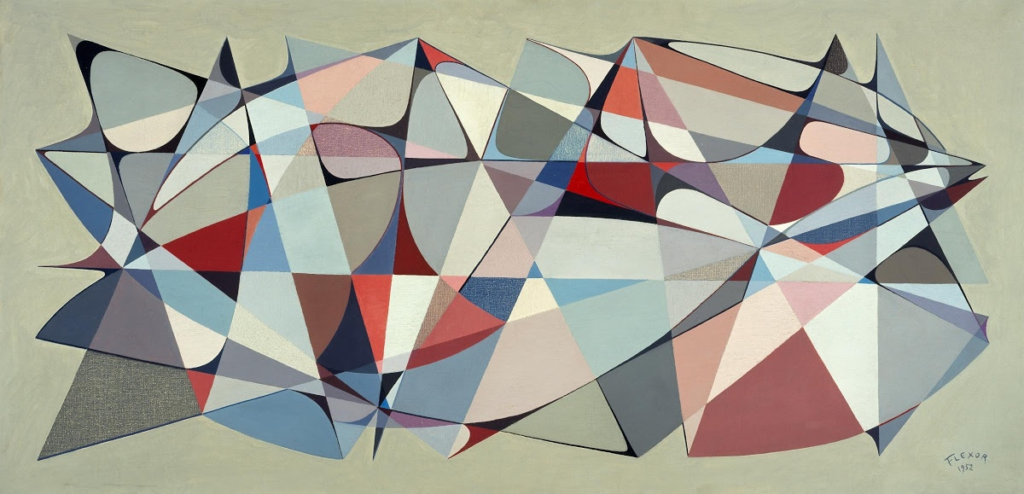
Blog Task 1 – The Rise of the Soviet Union (1917-1953)
Explain how the political, social and economic upheaval created by the aftermath of both the Russian Revolution and WW1 affected the production and content of classic Soviet Constructivist Cinema.

WW1 and The Russian Revolution had significant impacts on classic Soviet constructionist cinema.
Cinema was a tool for propaganda designed to inspire the working class and promote socialist views. The films often depicted the struggles of being in the working class and the countries developments in technology. Almost every film illustrated how a collective society is better than an individualist one.
The Rise of the Soviet Union
due to the Russian revolution and the aftermath of WW1 there was significantly less resources in the country, this was also felt within the film industry due to the lack of physical film so directors weren’t able to make new original films and so relied upon importing film o using premade films to create new different sequences.
Methods of Montage
- Rhythmic Montage: Baby Driver Edgar Wright (2017)
Edgar Wright is one of the top directors in using rhythmic montage editing techniques. He frequently edits to the beat of the music and uses songs to help develop tension and even comedy from those moments. This is used specifically in Baby Driver in the opening of the film.
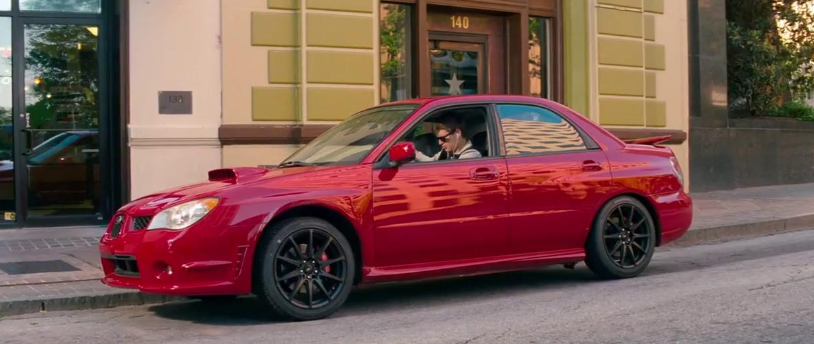

2. Over-tonal Montage: The Godfather Francis Ford Coppola (1972)
This montage links religion and murder – aspects of the mafia that are explored throughout The Godfather series. Whilst Michael renounces sin, others carry out his sinful work, this creates the juxtaposition while condensing and combining a number of dramatic moments to create one climax.
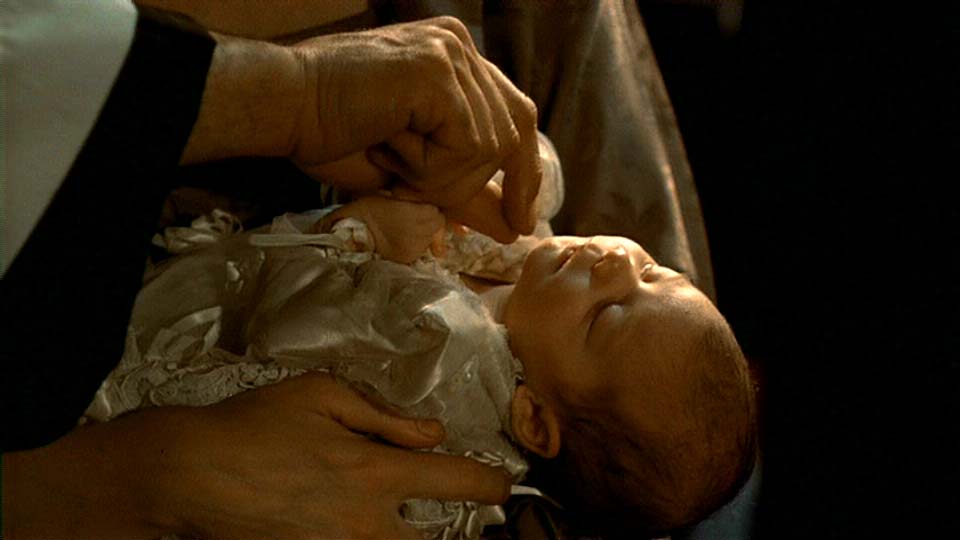

3. Tonal Montage: The Revenant Alejandro González Iñárritu (2015)
Shots with a similar theme or emotional tone edited together, such as the character’s steamy breath cuts to a foggy sky and then to smoke from a pipe.
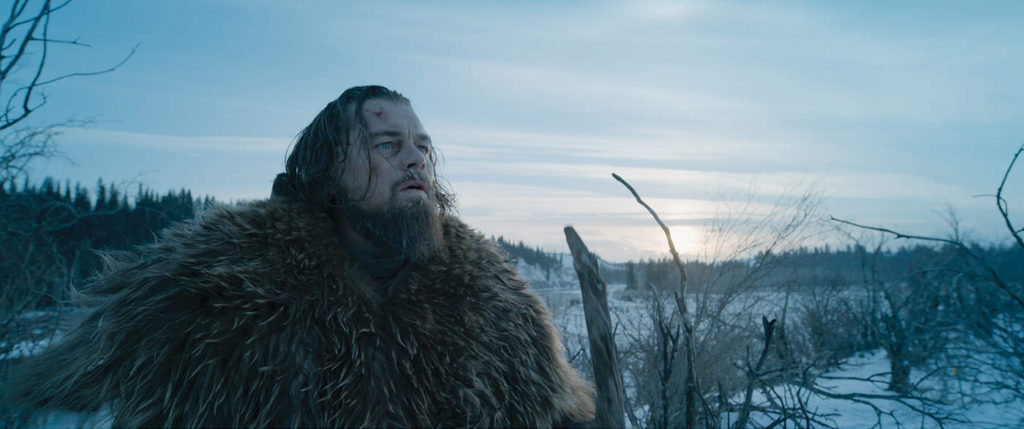

German Expressionism Practical Task
German Expressionist Project
Watch ‘The Fortune Teller’ here:
https://web.microsoftstream.com/video/f1129654-b57b-4d15-9a67-8aa41b6570e5
Influence on Contemporary Cinema
Whiplash is a film that includes many elements of the editing style from Soviet Constructivist Cinema. For example it uses many methods of Eisenstein’s methods of montage.
Throughout the film it uses rhythmic editing:


Metric montage: (rapid)

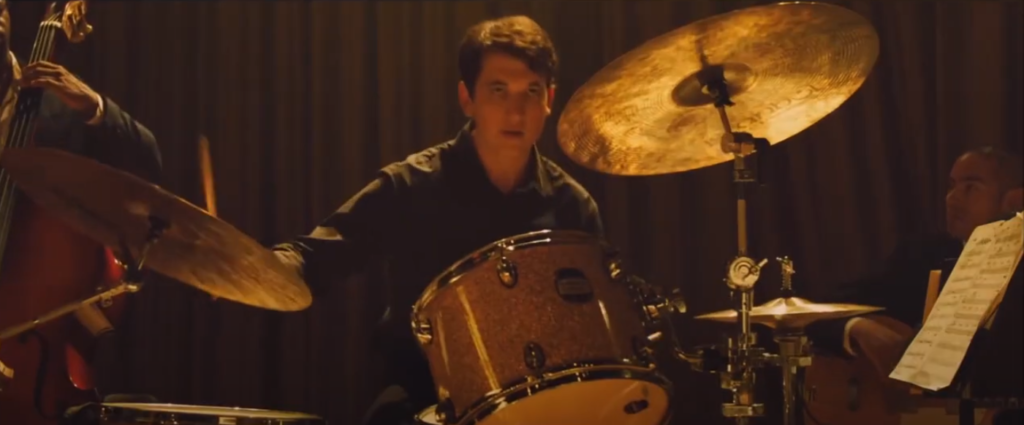
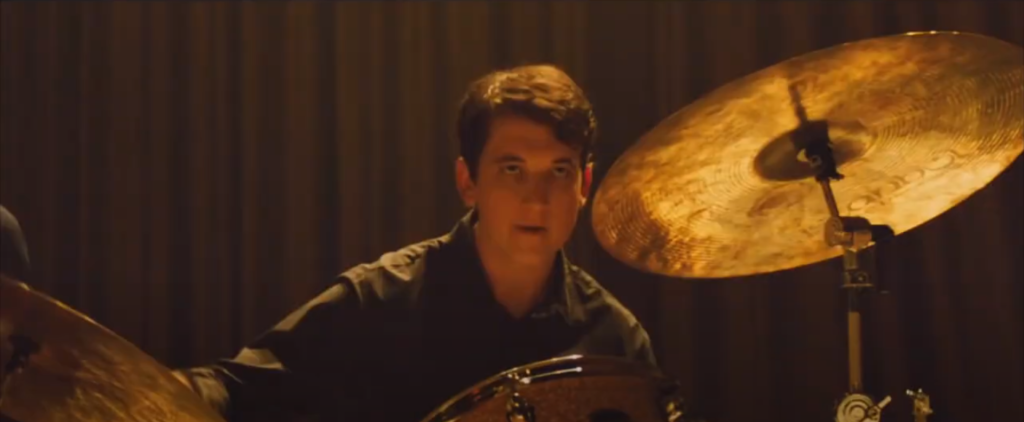
Tonal montage:
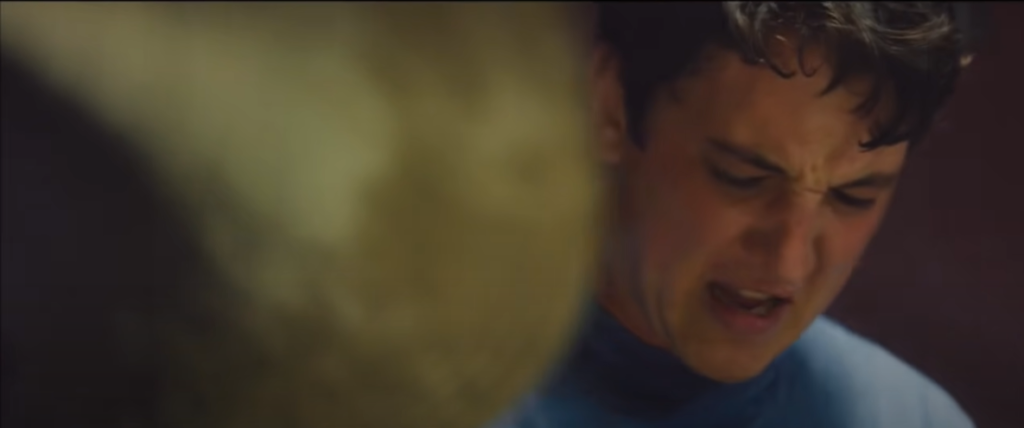
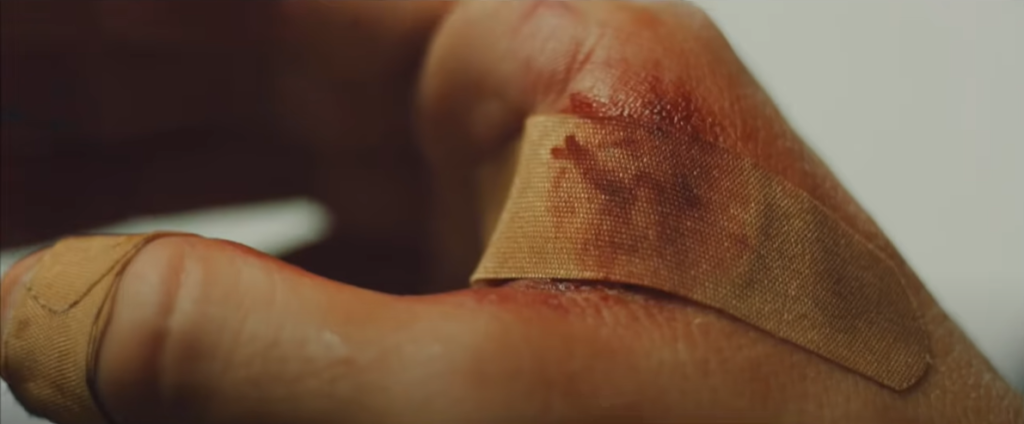
The film also uses the Kuleshov effect


